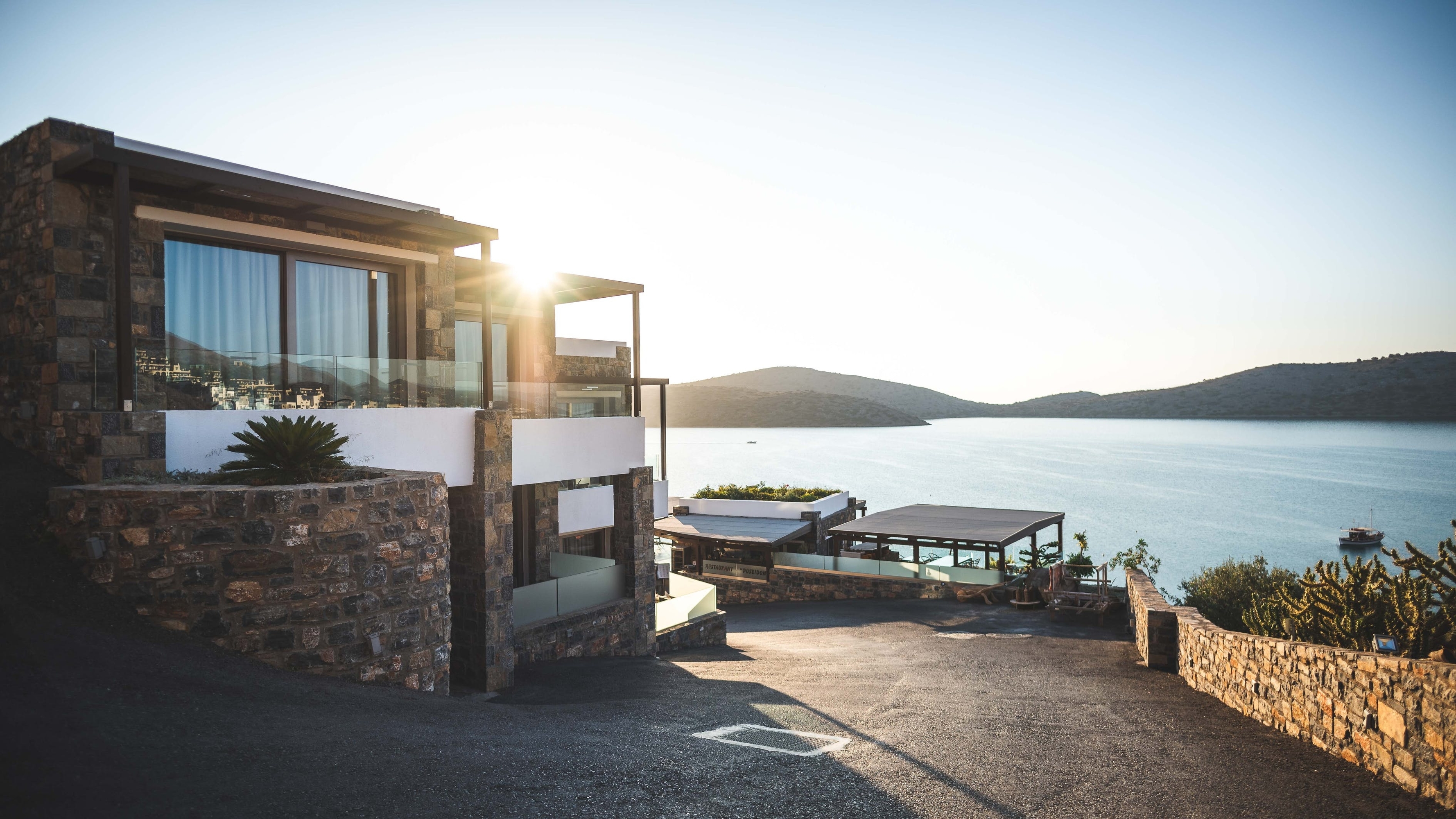
What is the Best Siding Material for Coastal Climates?
The environment’s temperature and moisture level have a direct effect on the rate of corrosion on your home’s exterior. Therefore, it is important to understand the effects of these elements. If extreme levels of heat, cold, rain, or wind constantly batter your home, there is a possibility that it can cause your siding to warp, fade, shrink, crack, or even fall off. That said, living in a coastal climate greatly exposes your home to most of these conditions.
Thankfully, some siding types can withstand bad weather better than others. Here are the top options you can choose from if you live in a coastal area.
Fiber Cement
When it comes to price-to-performance, fiber cement siding is an excellent choice for homeowners dealing with coastal climates. This material is crafted by combining cement, sand, and cellulose, which is then layered into a mold and baked at extremely high temperatures. Fiber cement is built to withstand fluctuations in temperature and moisture. It also resists rotting, warping, mold, and wood-boring insects. A common misconception, though, is that because it is made of cement, the material is fireproof. Unfortunately, it does burn when exposed to high heat, so don’t expect too much during a wildfire (though hopefully that won’t be an issue if you live on the coast).
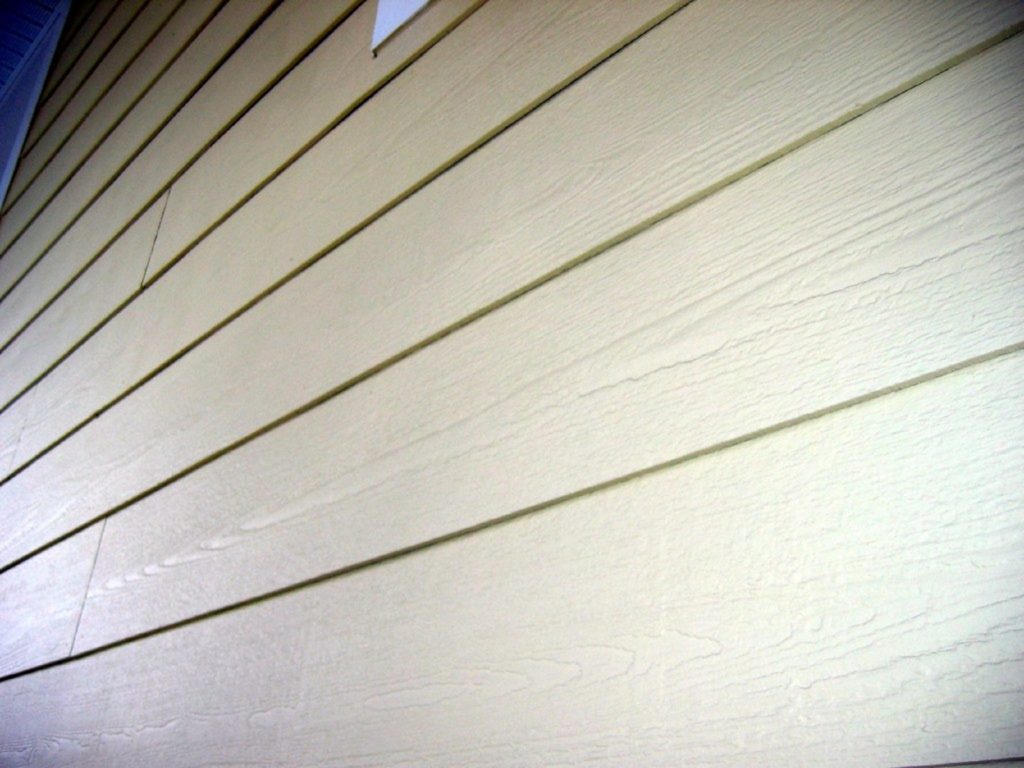
Fiber Cement. Photo courtesy of Gary Hymes on Flickr.
Aluminum Siding
If you live in an area that can be hard on siding, aluminum might be a good option for your tight budget. This material has a higher resistance to the elements and is much more durable than wood. It’s an excellent choice for houses that suffers from extreme exposure to weather elements. Some homeowners are wary of using aluminum siding because of its cookie-cutter aesthetics and the noise it produces. However, it’s a great choice in coastal climates, thanks to its moisture resistance. On top of that, aluminum is immune to rust, rot, warping, cracking, and decay. What more can you ask for?
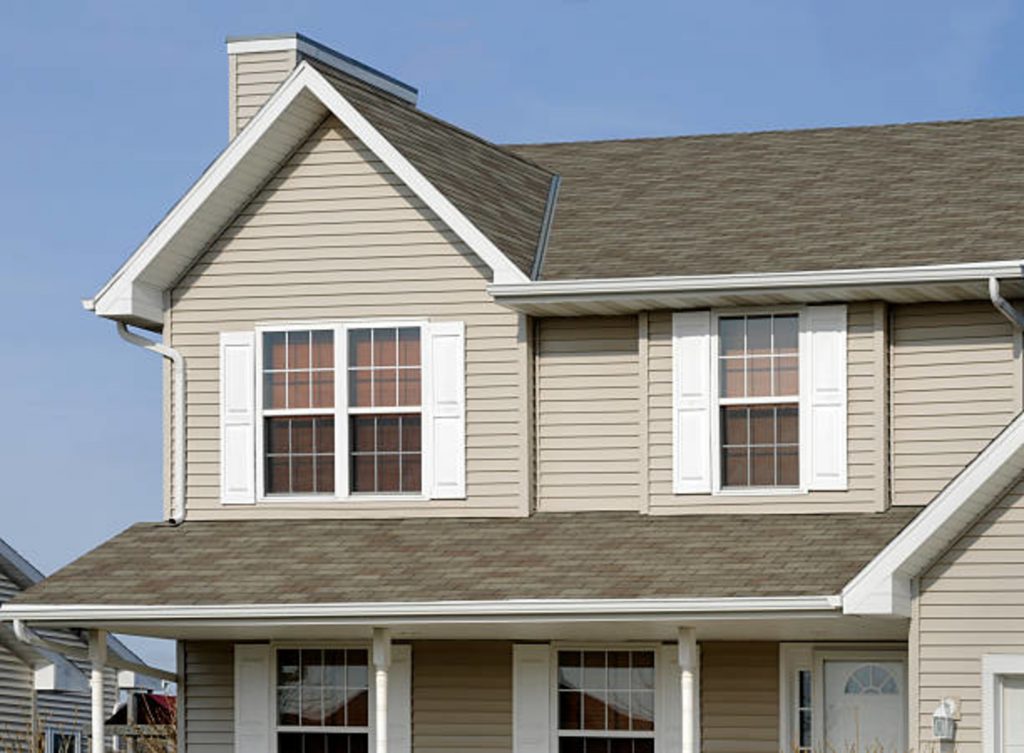
Aluminum Siding.
Brick Siding
Most people think of brick siding as an add-on to make a house stand out from the rest. While this is true to some extent, you have all the more reasons than just aesthetics to choose brick for your home’s exterior. Why so? First of all, brick is non-combustible and is resistant to heat. It also provides an extra layer of storm protection by keeping moisture off internal cavities with air gaps. It’s also great at holding its ground against strong winds. And guess what? It’s low maintenance! You won’t have to worry about the material for several decades. But it’s not as perfect as you might think. Brick veneer can be pretty expensive, doesn’t add any structural support, and is prone to seismic activity.
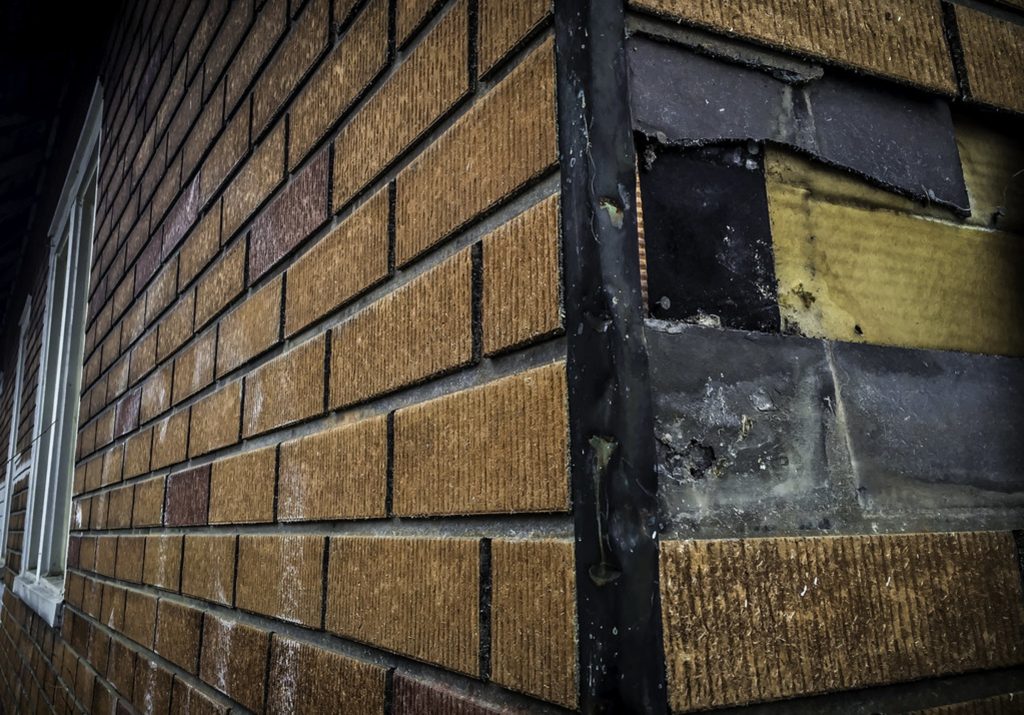
Brick Siding. Photo courtesy of Asbestorama on Flickr.
Stucco Siding
Coastal weather is loud, unpredictable, and the rain can be torrential. While no building can perfectly withstand nature’s wrath, some siding types are better suited for coastal climates than others. Stucco is one of those. It’s a great choice in areas with frequent heavy rain, high winds, and intense sunlight. On top of that, it doesn’t produce irritating noises, unlike aluminum. Insects and molds don’t have any effect on the material. The major downside to stucco is that it can be quite heavy on the budget. Additionally, to keep your stucco home looking great and get the longest possible life from your investment, make sure to maintain it properly.
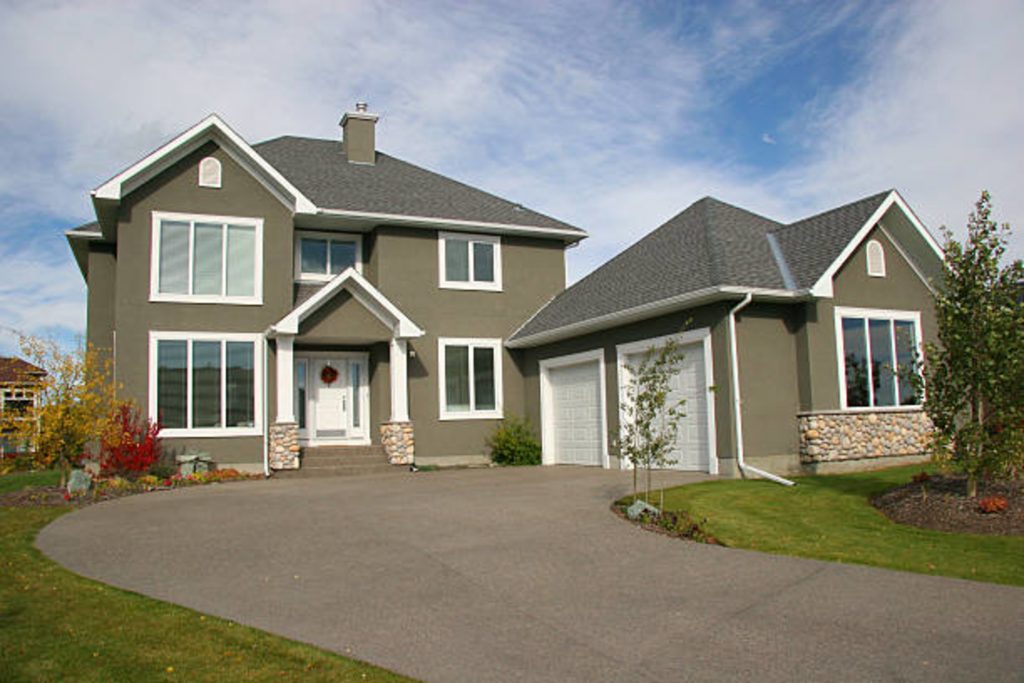
Stucco Siding.
Vinyl Siding
The decision to use vinyl siding in coastal climates is more complex than you might think. Why? Because the material’s advantages and disadvantages are tied to whether your home is in a mild, moderate, or severe coastal climate. On the bright side, vinyl siding offers many benefits, such as a wood-look finish, durability, low cost, and low maintenance. But how does it perform in coastal climates? Well, it’s kind of a 50-50 situation. See, vinyl does not chip nor fade, but it can warp in high heat or crack in super-low temperatures. Note that this is for the extremes, though. If you live in a moderate coastal climate, vinyl siding isn’t too bad of an option.
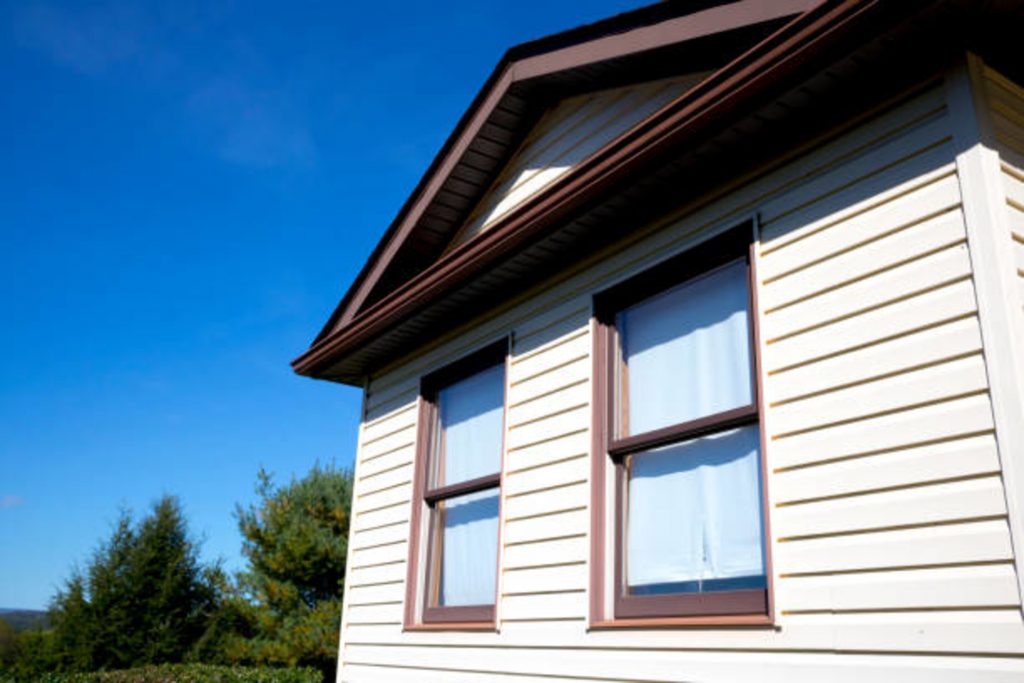
Vinyl Siding.
Modified Wood Siding
Think all wood siding is created equal? Think again. Although traditional wood is a big no-no when it comes to coastal climates, engineered wood can do wonders. Unlike standard wood, modified wood is made from treating the material with heat, chemicals, and fiber strands. This process gets rid of its undesirable traits. The reborn wood can now handle the changing weather conditions of a coastal climate. It can also resist moisture, termites, cracking, and warping. If you desire a wood cladding look in a coastal area, engineered wood siding the way to go.
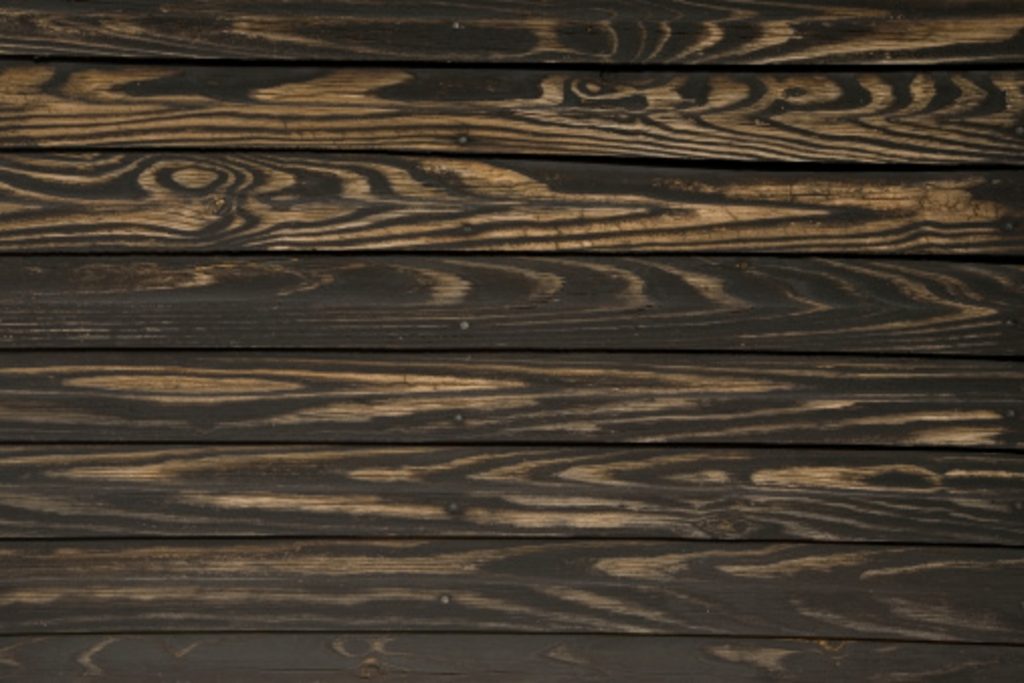
Modified Wood Siding.
Leave a Reply